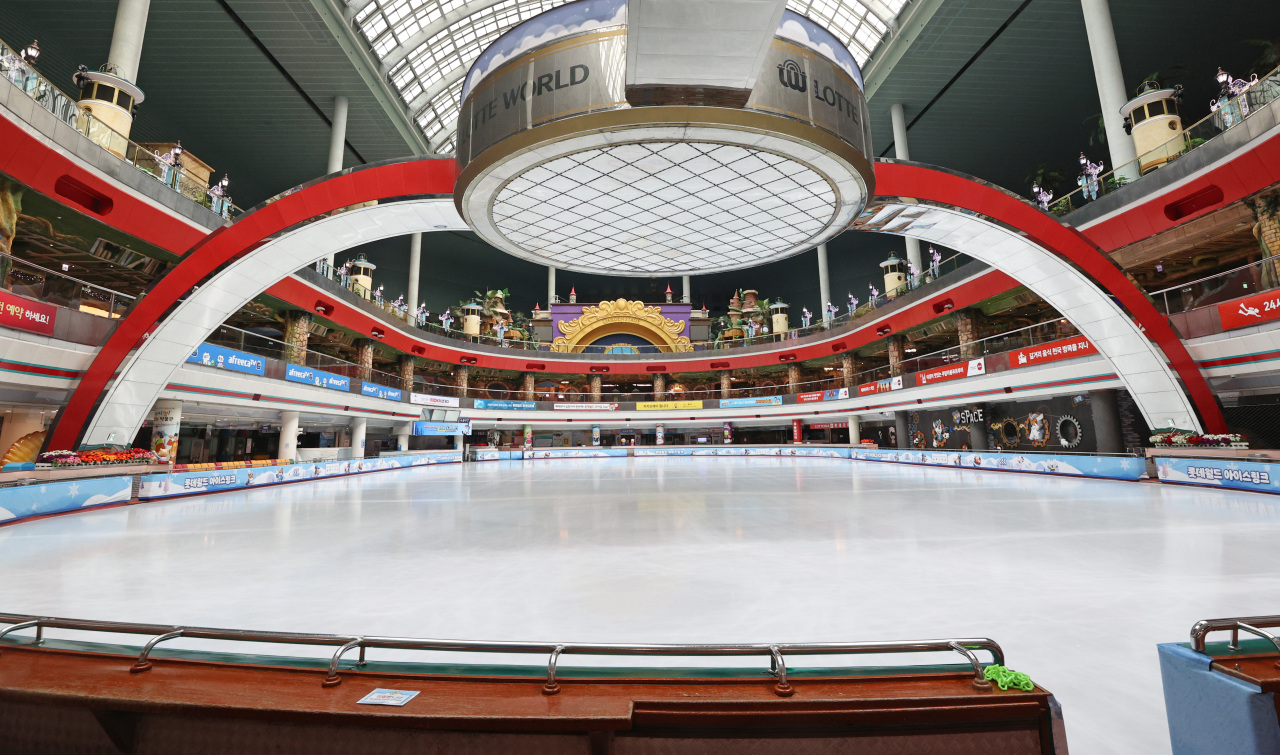
A winter surge of COVID-19 infections was something that Korea was well warned against but did not do enough to prepare for, experts say, arguing that any further delay in response could exact a greater toll in lives than earlier heights of the pandemic.
Korea just saw its worst weekend yet for COVID-19 cases, tallying record-high numbers of new infections for two consecutive days at 950 cases and 1,030 cases. For the first time since the virus took hold, the number of patients under treatment in isolation surpassed 10,000. Nearly a quarter of the country’s 42,766 total cases were reported in the past three weeks.
The government’s decision to lift restrictions ahead of winter is responsible for the current spike in cases, according to infectious disease specialist Dr. Eom Joong-sik.
“The decision-makers ought to be held accountable for failing to impose measures in time to counter the climb that began in mid-October,” he said in a phone interview.
Prime Minister Chung Sye-kyun told an Oct. 11 government meeting that Korea would move to the least restrictive tier of social distancing, citing fatigue among the public and damage to the economy. This move came when the case numbers and other metrics did not warrant relaxing restrictions, Eom said.
Eom said Korea was “fast to loosen restrictions and slow to restore them,” when it should have taken the opposite approach. Then in early November, the social distancing guidance was softened further to make moving back to stricter tiers harder, which contributed to the necessary interventions being stalled.
While the current wave is predicted to be still far from its peak, the health care system is already under severe strain. Ahead of the weekend, over 500 patients were still waiting for beds in the Seoul area.
One petition posted Wednesday on the Cheong Wa Dae website said the petitioner’s medically vulnerable father had been waiting at home for a bed for four days since being diagnosed. “He already lost consciousness once but the public health officials still tell us he can’t be admitted,” the petition read.
“Hospitals that withstood the pandemic at the forefront of the battle are being poorly compensated and are financially struggling. Repeated calls for augmenting critical care capacity went unaddressed,” Eom said.
“Now the government is asking hospitals to free up more beds to accommodate COVID-19 patients. But beds can’t be emptied just like that when there is still demand for non-COVID-19 medical care.”
The Central Veterans Hospital in eastern Seoul was told to discharge 138 of its patients at its rehabilitation unit and to use the space to house COVID-19 patients.
To ease the burden on hospitals, the Korean Medical Association on Friday called for implementing the most stringent tier of social distancing -- which still would fall short of a lockdown.
“The third surge is breaking the health care system in the country. Korea will pay for any delay in urgent action with lost lives,” the association said in a statement.
“Medical societies as well as health care workers in the field had warned of winter’s potential to make the outbreaks worse. Yet the crucial months leading up to the winter were lost without adequate preparations,” it said.
Epidemiologist Dr. Ki Mo-ran said not enough tests were being done to catch up with the scale of the outbreak. “The test positivity rate, the percentage of positive tests out of all tests administered, surged past the WHO-recommended 5 percent at one point this week,” she said.
Emergency measures being floated, such as turning shipping containers into COVID-19 wards and having low-risk patients stay at home, are “last-resort steps that compromise safety,” the epidemiologist said. “But that’s where we are now.”
Ki said based on her analysis, the number of patients being diagnosed per day could esclate to over 2,000 by next week. “The case count we are seeing now is from around 10 days ago,” she said, which is why harsher, longer social distancing may be necessary to bring down the numbers.
Meanwhile, health authorities made an unprecedented plea for lockdown-like actions from the public over the weekend. “Stay at home, where it’s safe. Cancel all plans,” Lim Sook-young, a senior official at the Korea Disease Control and Prevention Agency, told a virtual news briefing.
By Kim Arin (arin@heraldcorp.com)









![[Kim Seong-kon] Democracy and the future of South Korea](http://res.heraldm.com/phpwas/restmb_idxmake.php?idx=644&simg=/content/image/2024/04/16/20240416050802_0.jpg&u=)








![[KH Explains] Hyundai's full hybrid edge to pay off amid slow transition to pure EVs](http://res.heraldm.com/phpwas/restmb_idxmake.php?idx=652&simg=/content/image/2024/04/18/20240418050645_0.jpg&u=20240418181020)

![[Today’s K-pop] Zico drops snippet of collaboration with Jennie](http://res.heraldm.com/phpwas/restmb_idxmake.php?idx=642&simg=/content/image/2024/04/18/20240418050702_0.jpg&u=)